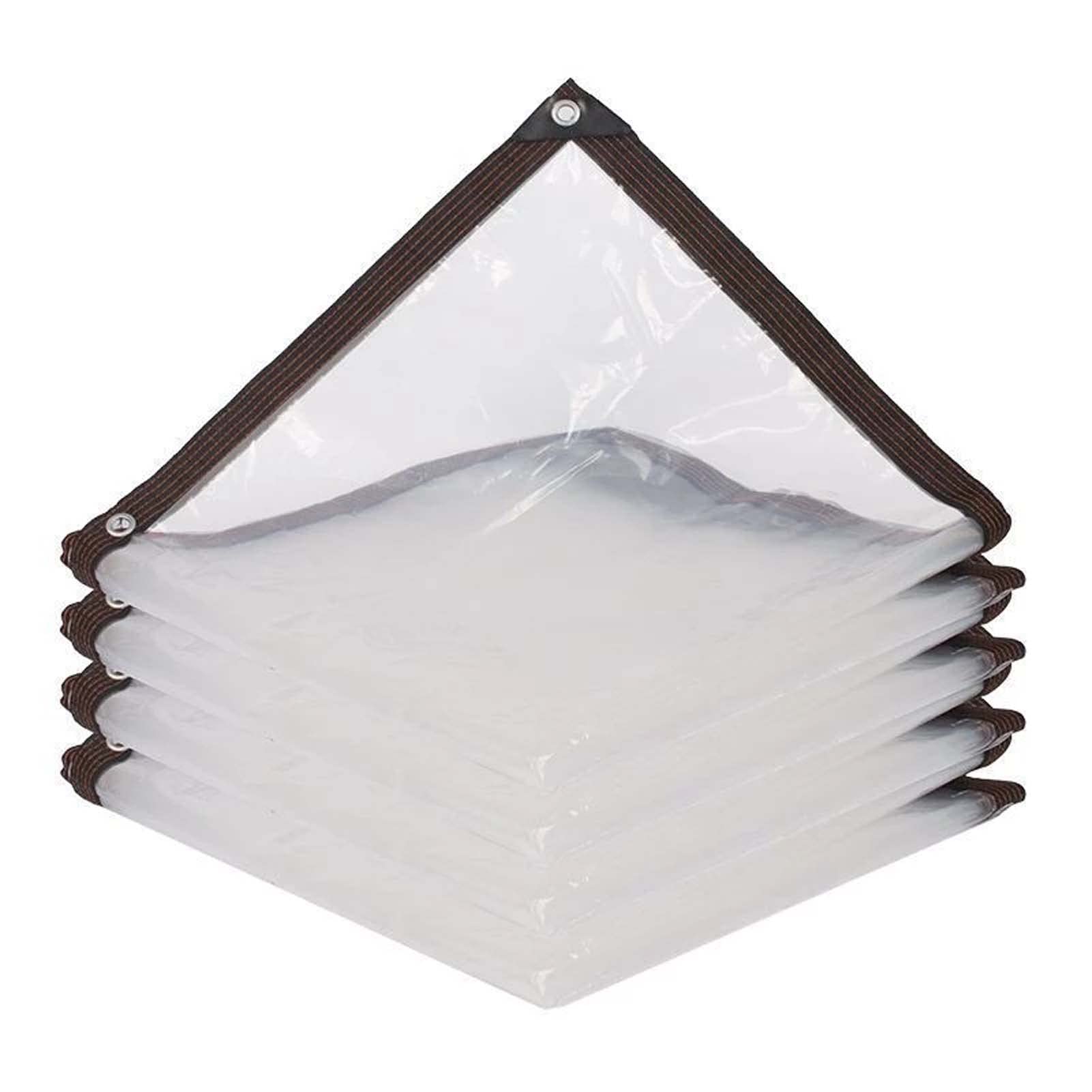How to Use Waterproof Tarpaulins Sheet in The Garden
Tarps are delivered using solid, waterproof fabrics like polyethylene which make them appropriate for outdoor applications. Whether you want to control weeds, retain moisture, expand your growing season, or simply provide coverage from the components, Tarpaulins UK can assist with tackling a variety of seasonal gardening tasks.
What are tarpaulin sheets?
Tarpaulin sheets, likewise called tarpaulins, are strong, waterproof fabrics intended to provide temporary cover or protection from the parts. Here are a vital things to be familiar with tarps:
Materials:
Most tarps available for purchaser use are created using polyethylene, a lightweight yet tough plastic polymer. Polyethylene tarps are flexible, weather-resistant, and entirely reasonable. Heavy-obligation tarps for additional long-lasting installations might incorporate polyester or vinyl coatings too.
Thickness:
Tarps arrive in an extent of weights or thicknesses, typically estimated in millimeters or ounces. Heavier 10+ ounce tarps will last longest yet lighter 6 ounce tarps function admirably too for the vast majority garden undertakings. Thicker tarps withstand tearing and penetrates better compared to thin ones.
Sizes:
Rectangular Tarpaulin Sheet is generally sold in common sizes like 10×12 feet, 10×20 feet, or 10×50 feet. Custom sizes may likewise be special arranged. Consider the area you want to cover while choosing a tarpaulin.
Durability:
Quality polyethylene tarpaulins can withstand long stretches of UV transparency and weathering if stored properly between uses. More affordable tarpaulins might debase even more quickly with sunlight. Always search for tarpaulins appraised for outdoor use.
Benefits of using tarpaulin sheets in the garden
There are a couple of benefits to incorporating tarpaulin sheets into garden plans and practices. Tarps can:
Weed prevention and suppression:
Laying a tarpaulin tarpaulins over bare soil surfaces smothers weeds by blocking admittance to light. This is an effective way to decrepit garden beds or keep weeds out of harvest sections.
Moisture retention:
Tarps assist with reducing moisture misfortune from the soil. This decreases watering needs by preventing rapid evaporation. A tarpaulin goes about as a mulch, minimizing both watering and weeding work.
Temperature regulation:
A tarpaulin sealed over the soil surface provides insulation to assist with moderating temperatures. This safeguards shallow-established plants from surprising swings in intensity or cold that could harm them.
Common ways to use tarpaulin sheets in the garden
There are a couple of common applications for using tarpaulin around the vegetable garden. Here are the absolute most widely-used techniques:
Weed control:
Laying a tarpaulin over bare soil in pre-summer or summer can gag out weeds for 4 a month and a half by blocking sunlight. This is known as solarization. Use shakes, sheets or soil to anchor the edges.
Raised bed preparation:
Lay overlapping Clear Tarpaulin directly on the ground to make a weed barrier prior to building or filling raised beds. Crease additional material over the sides and secure with soil or stakes.
Season extension:
In late-winter and pre-winter, wrap tarpaulins over circles or edges to make versatile mini-greenhouses over cool sensitive plants. Secure the edges to frame a sealed barrier.
Waterproof covering:
Use tarps as a temporary cover for containers, seedlings or harvests during rainstorms to keep soils and leaves dry. Set one edge up for ventilation.
Tree ring mulching:
Place a 18″ wide tarpaulin under mulch rings around trees yearly to inhibit weed improvement directly competing with energetic trees.
Temporary pathway:
Carry out tarpaulins side by side and weight the edges with stones to frame a solid yet removable walking surface in high-traffic garden aisles.
Make-shift benches:
Place a tarpaulin over saw-ponies or solid branches recharged against a wall to provide a clean, launderable seat or workspace outside.
Proper installation of tarpaulin sheets in garden beds
Accurately installing tarps is important to maximize their benefits while avoiding common mistakes. The following are a couple of tips:
Prepare the soil surface:
Eliminate any debris or vegetation from the area prior to laying down the tarp. A level surface is ideal.
Anchor the edges:
Cover the external edges of the tarp a couple inches underground or spot heavy items like stones, bricks or sheets along them to forestall lifting in the wind.
Overlap seams:
While using multiple tarps, overlap sections by something like 12 inches and seal with soil, rope or tape to maintain a continuous waterproof barrier.
Seal around penetrations:
If adding items that cut the tarp like drip tape, use waterproof caulk or tape to seal around the penetration point.
Consider the weather:
On windy days, use additional anchoring materials and stakes inserted through grommets if your tarp has them. Secure free edges.
FAQs
Q: How long will tarps last in the garden?
A: Quality polyethylene tarps properly installed and stored can withstand a couple of growing seasons of outdoor use, generally 3-5 years. Keep tarps out of direct sunlight when not in use to safeguard UV resistance.
Q: Can tarps harm the soil environment?
A: No, tarps don't negatively impact soil when used as directed. They stifle weeds without chemicals and permit air/water trade. Leaving tarps on indefinitely could harm soil structure - follow recommended times.
Q: How do I clean and store tarps?
A: Rinse tarps with a hose to eliminate debris. Permit to totally dry prior to folding, rolling and securing with zip ties or lashes for conservative storage in a dry, covered area out of sunlight between uses to maximize lifespan.
Conclusion
As may be obvious, there are various practical applications for incorporating tarpaulin sheets into yearly garden plans and designs. From initial bed preparation to season extension techniques, tarps provide minimal cost, versatile materials to simplify undertakings. With both very durable and temporary uses, tarps address everything from growing protection to moisture retention, weed control, and generally speaking site organization.

